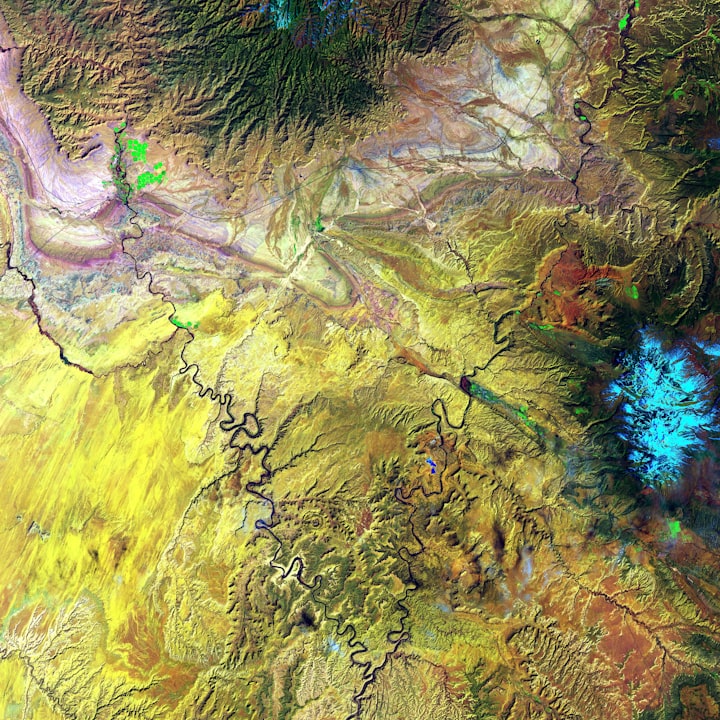Why is Rice a Prolific and Economical Global Staple?
Explore rice production, global trade, and economics of farming this prolific staple.

Rice, a dietary mainstay for over half of the world's population, plays a pivotal role in global food production and trade.
Prolific Farming
Rice production adapts to a variety of environments, including waterlogged lowlands, uplands, and marginal lands, bolstering its widespread cultivation.
Low Cost of Production
The streamlining of rice cultivation processes and advancements in agricultural machinery and techniques have optimized its efficiency, leading to lower production costs.
High Yields
Despite its labor-intensive nature, rice farming yields significantly more output compared to the land it occupies, boosting its availability and affordability.
Economies of Scale
Countries such as India, China, and Indonesia capitalize on large-scale rice production, along with technological advancements, driving down production costs per unit.
Global Trade
Rice is extensively traded internationally, with major exporting countries like Thailand, Vietnam, and India contributing to its global availability.
Rice's ubiquity and affordability stem from a combination of factors, including its adaptability, low production costs, high yields, economies of scale, and global trade.
These elements make rice a readily available and cost-effective staple food for millions around the world.






